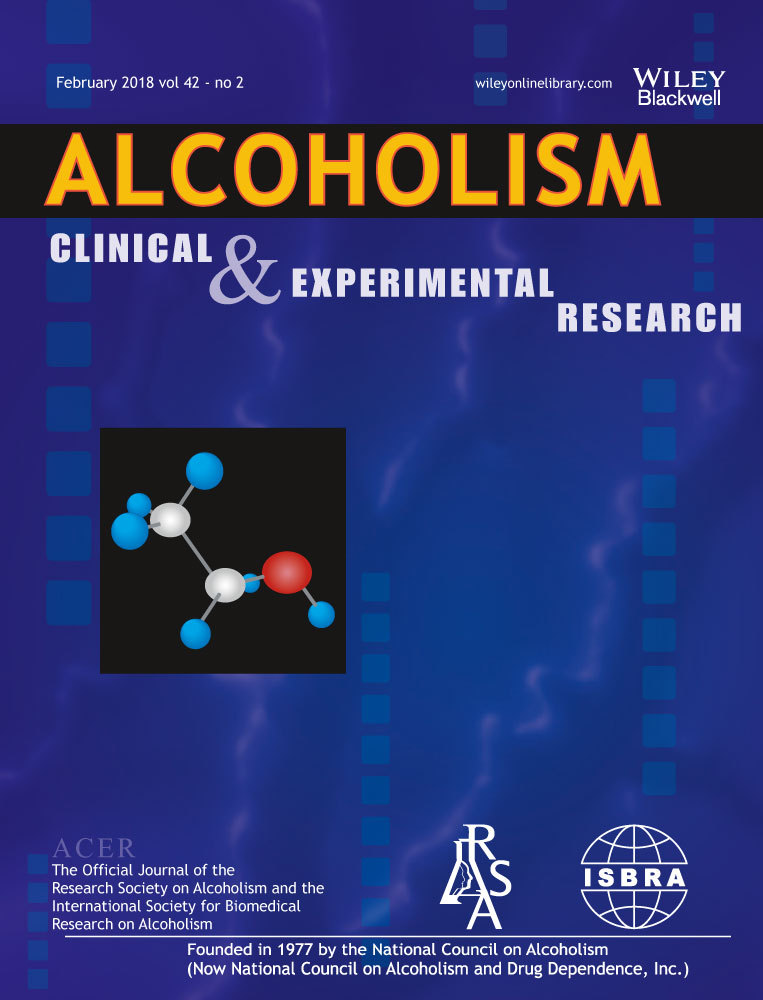Alcohol Drinking and Blood Alcohol Concentration Revisited
Abstract
Background
It is widely assumed that the amount of alcohol in the blood reflects the amount of alcohol consumed. However, several factors in addition to amount of alcohol consumed can influence blood alcohol concentration (BAC). This study examines the effect of alcohol dose, concentration, and volume on BAC in rats with a high-alcohol-drinking (HAD) phenotype.
Methods
Study 1 examined the relationship between the amount of alcohol consumed and BAC. Alcohol-naïve, male, HAD rats (N = 7) were given access to alcohol for 2 h/d for 9 consecutive days with food and water ad libitum. Alcohol intake and BAC were measured at 30, 60, and 90 minutes after onset of access. Study 2 examined the effects of altering alcohol dose, concentration, and volume on BAC (as measured by area under the curve). Alcohol-naïve, male, HAD rats (N = 39) were infused, via an intragastric cannulus, with 1.16, 2.44, or 3.38 g alcohol/kg body weight (BW), produced by varying alcohol volume while holding concentration constant or by holding volume constant while varying concentration. Other rats were infused with 10, 15, or 20% v/v alcohol solutions while holding dose constant.
Results
BAC was more strongly correlated with the ratio of alcohol intake (g/kg BW) to total fluid intake (mls) (R = 0.85 to 0.97, p < 0.05 to p < 0.001) than it was with the amount of alcohol consumed (g/kg BW) (R = 0.70 to 0.81, p < 0.05). No effect of alcohol dose was seen during the first hour following the onset of an alcohol infusion regardless of whether dose was achieved by altering alcohol volume or concentration. After 1 hour, higher alcohol doses were predictive of greater BACs.
Conclusions
The fact that a 3-fold difference in alcohol dose did not result in significant differences in BACs during the first 30 minutes after ingestion of alcohol has potentially important implications for interpretation of studies that measure alcohol-sensitive end points during this time.
Graphical Abstract
When alcohol is consumed with other fluids, as occurs in many drinking situations, blood alcohol content (BAC) early in the drinking interval is more closely related to alcohol concentration in the stomach (ratio of alcohol to total fluid) than it is to the amount of alcohol consumed. This nonlinear relationship between alcohol intake and BAC may have important implications for predicting the degree of alcohol-induced impairment since brain alcohol content mirrors BAC.





